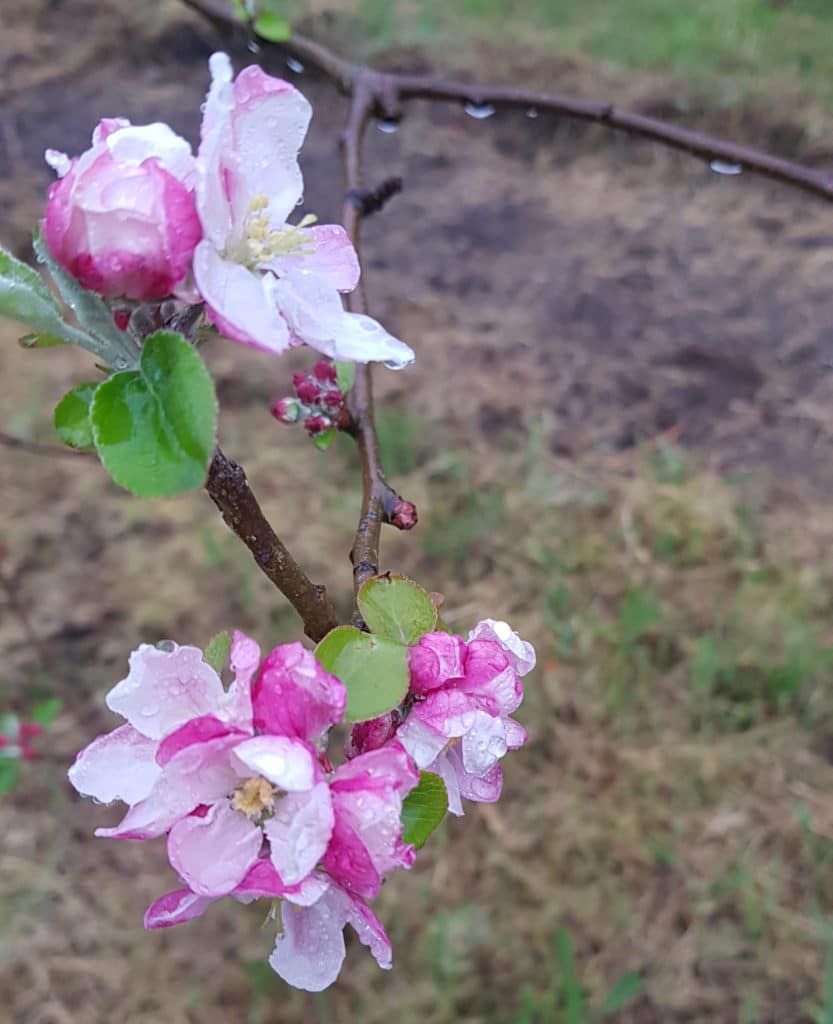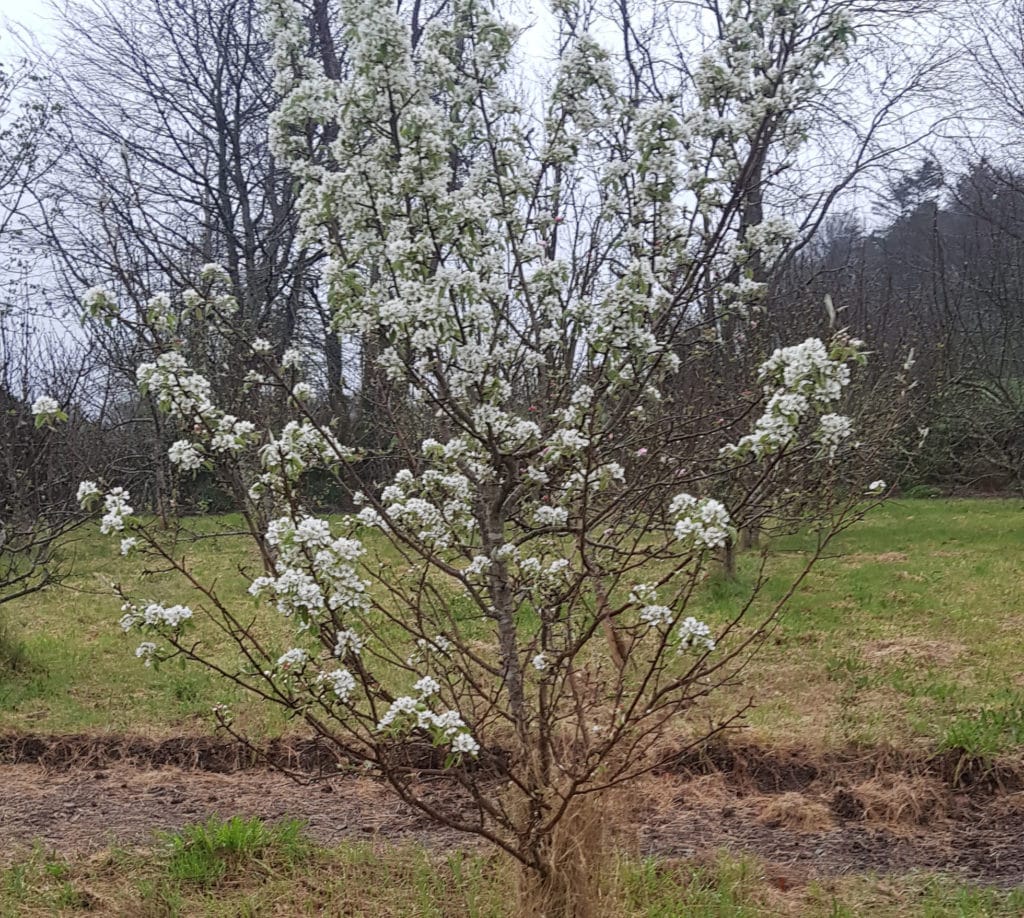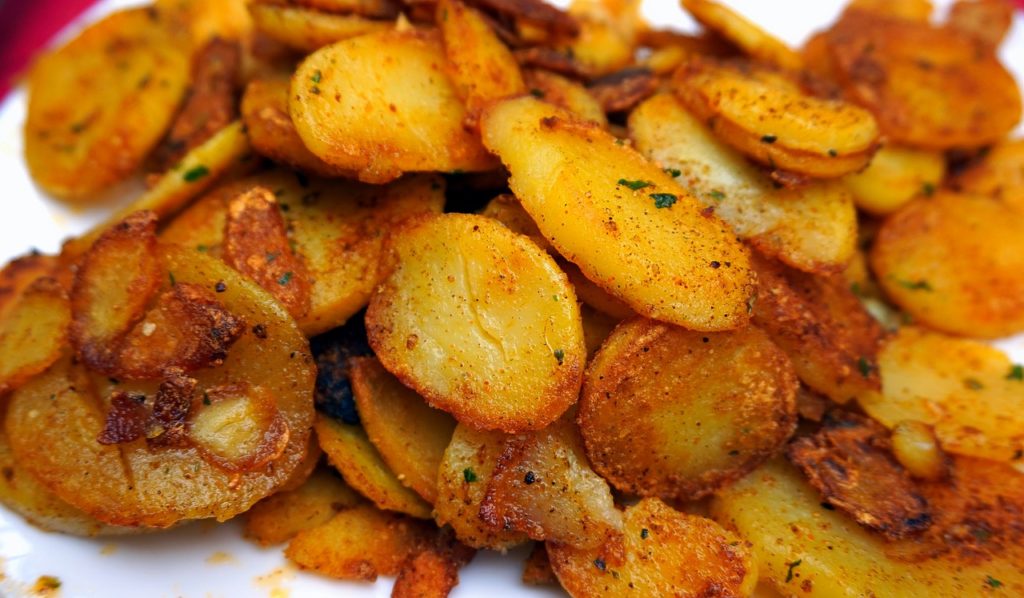by John Hosford of The Weekend Garden Centre
May is a hectic month in the garden in the flower, vegetable and fruit department. Growth is taking off and new leaves have or are emerging. Gardening is a very worthwhile activity interacting with nature and the soil and as a result has attracted many new devotees during the recent spells of lockdowns, social isolating and cocooning. It also provides exercise within the permitted 2km restrictions!
There is nothing better than being out in the garden on a fine, sunny day in late spring or summer, gardening and cultivating the garden to the accompaniment of the wonderful serenade of bird song. This is also a good time to tackle those gardening tasks or projects you have had on the long finger with years. Why not put in a raised bed, a rockery or a new greenhouse. Perhaps create a new vegetable garden.
There is also the satisfaction of having delightful, fragrant flowers from your own garden, as well as delicious produce.
You can even grow a wide variety of vegetables in a container or grow bag and harvest your own delicious produce from outside your own kitchen door!
Better still you can have an abundant supply by planting/planning/sowing in succession.
Flower Garden
Do take the opportunity to plant up some containers – window boxes, tubs, teracotta and ceramic pots or hanging baskets.You can even make quite a nice display in a deep, better grow bag.
Don’t forget some of the delightful hardy annuals you can sow directly into the ground this month. What can rival the warm, sunny colours of California in Escholtzia (Californian Poppy) with its silky, velvety flowers of perfection? It comes in a bright, cheerful range of sunny colours. Include some night-scented stock in your sowings where it will exalt you with its nocturnal fragrance and charm. Nigella – Love in a Mist generally comes in a range of blue flowers, 4cm across, borne on feathery foliage. The exquisite flowers are followed by attractive seed capsules. Annual poppies come in a great range of colours, both single and double flowers. Some even have exotic peony-like flowers.
Just sow them in well-prepared ground in shallow trenches.
Mark all sowings with a robust label and write on details with a black lead pencil or an indelible marke.
Calendula’s old-fashioned marigolds generally come in orange or yellow shades. They are hardy and reliable and are a good choice for coastal gardens.
Virginian stock can be included in your display – a range of pastel, gentle colours.
Nasturtiums can be sown direct where they are to flower or started off indoors under protection and planted out later after being well hardened-off. Nasturtiums come in a bush and trailing form. The trailing form is ideal for covering ditches and banks where they can grow away on their own without impacting on the neighbouring plants. Bushy varieties can be used in containers. Most have green or glaucous foliage but some varieties have cream splashed variegations such as ‘Alaska’. Protect Nasturtiums against slug and caterpillar damage. Caterpillars can devastate your plants overnight so do keep a watchful eye during the summer.
Flower Bulbs
Most of the spring bulbs will have or are about to finish flowering. Don’t be tempted to cut back or tie back foliage of Daffodils. Cutting back too early will impact on next year’s flowering. Mark Daffodils/flower bulbs with details of varieties and colours. Daffodils can be moved next month or July. Divide if they have become too cluttered. Move also if the area has become too shade for them to perform to their optimum. You may also have to move your bulbs if the area has become waterlogged or has a persistent drainage problem. Tender bulbs such as Dahlias, Begonias, Cannas can be planted outside once all risk of frost is over. Harden-off/acclimatise well before planting outdoors. Stake taller varieties of Dahlias with stout, sound robust stakes preferably 3” in diameter.
Use sheep netting suspended tightly and tautly over the stout stakes and move the netting up regularly as growth advances throughout the summer.
Gladioli can be planted directly into the flower border or why not plant a row in succession in your vegetable plot or allotment? These can be planted in succession up to mid June. Choose a sunny, well drained position. There is a great colour range available. Do include some of the butterfly varieties in your display, as Gladioli make superb cut flowers.
Pests in the Flower Garden
Watch out for red lily beetles. The larvae can strip plants in days. Control beetles immediately on detection.
Vine weevil is a serious pest of containerised plants and become active this month. Tip out the rootball of suspect plants, and inspect for the creamy, orange-headed maggots. Treat by biological control available by mail order from Fruit Hill Farm, Bantry.
Continue to protect lily, Delphinium, Hostas, Lupins and Crambe against slug damage. Bear in mind that slugs especially throve in damp, humid weather.
Top dress spring-flowering alpines with grit or gravel to show off the plants and help prevent rotting around the neck of the plant.
Colour in Containers
Dahlias have made a tremendous revival in recent years and deservedly so! They come in a wide range of colours, variety of heights from 30-120cm (12″-48″) in height. Choose the dwarf and patio varieties for tubs and containers. Match colours in your containers and take precautions against slugs. Use fresh compost with an added slow-release fertiliser, which can be mixed thoroughly into the compost. Ensure drainage holes/outlets are open and clear.
Dahlias like a sunny, sheltered position and will continue to flower until the first frosts of October/November. Choose Impatiens, Begonias and Fuchsias for shaded aspects.
Impatiens (Busy Lizzy) are great favourites but do check that they have downy mildew resistance! If weather is cool or blustery it is a good idea to allow the containers to establish in the sheltered environment of a glasshouse, conservatory or polythene tunnel and then harden-off and put in their flowering position once weather improves.
Surfinias, Petunias, Diascia, Lobelia, Marigolds, Nasturtiums, Geraniums (Pelargonium), Bacopa and Sanvitalia are all good choices for sunny aspects.
Fruit Garden
Pick protected strawberries and gooseberry thinnings. Open one side of fruit cages to facilitate access to pollinating insects. Protect fruit blossom from frost using frost protection fleece or hessian overnight. Remove the covering in the morning to faciliate pollinating insects. Look out for caterpillar and aphid damage on gooseberries. Source an organic, biological control method.
Lawn Care
There are now many organic lawn fertilisers and moss control alternatives. Your lawn will benefit from a feed and weed. Irrigate your lawn in periods of prolonged dry weather. Increase the frequency of mowing in periods of rapid growth.
Flower Shows in 2020
Many Flower and Agricultural Shows have either been cancelled or postponed for 2020.
The Royal Horticultural Society has cancelled its flagship Show – the Chelsea Flower Show together with shows at Cardiff, Chatsworth and Wisley.
The Hampton Court Flower Show has been postponed until September 9-15 from its usual July listing.
Bloom in the Phoenix Park has been cancelled.
Vegetable Garden
Plant out tomatoes, courgettes, ridge cucumbers, vegetable marrows, melons, squashes, pumpkins, runner French and climbing beans at the end of May/early June. Have frost protection fleece or a cold frame/cloche on the ready for any late cold weather or drying winds. These vegetables can be started out under cover indoors
Harden-off thoroughly before planting out in late May/early June.
Continue to sow/plant cabbage, purple sprouting brocoli, brussel sprouts, cauliflower, lettuce, salad leaves, swedes, turnips, radishes, kale, carrots, parsnips.
Plant seed potatoes now right away ‘better in the ground than out of it!’ Earth up seed potatoes already establishing.
Watch for and protect against flea beetle on all members of the brassica (cabbage family).
Protect brassica plants against cabbage rootfly with root guards. Put the guard around the members of the cabbage family immediately as they are planted. Cabbage rootfly can burrow away at the roots and will result in plant fatalities if they infect your plants. Generally the warmer the weather the more activity! Net against pigeon, rabbit, hare and deer damage. Yes! We do come across deer damage on our travels.
Until next month enjoy your garden, keep safe and keep well.
Let’s hope that the world will return soon to a semblance of normality.




